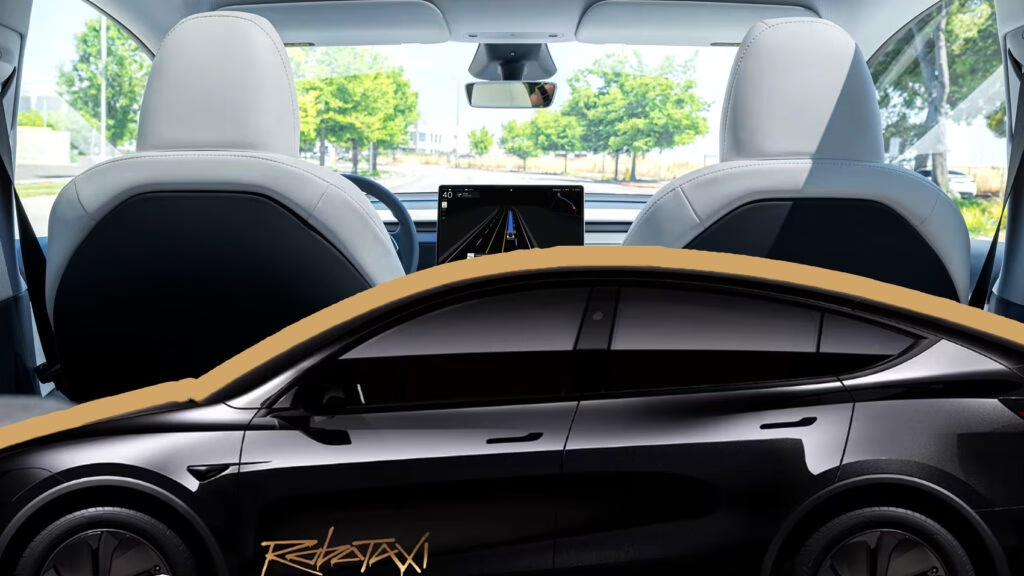What’s Holding Tesla Back from Launching Robotaxis in San Francisco?
Tesla’s ambitions for a fully autonomous robotaxi service have been making headlines for years, but the leap from hype to reality is proving trickier than anticipated—especially in a city like San Francisco. While Tesla has already dipped its toes into the robotaxi waters with a limited pilot in Austin, Texas, the Bay Area presents a whole new set of hurdles. So, what’s standing in the way?
First and foremost: regulation. California is notorious for its strict oversight of autonomous vehicles. Before Tesla can even think about launching in San Francisco, it needs the green light from both the California Department of Motor Vehicles and the California Public Utilities Commission. That’s not just paperwork—it’s a rigorous process designed to ensure public safety and accountability. And with recent scrutiny over autonomous vehicle incidents, regulators are in no mood to cut corners.
But it’s not just about ticking boxes. San Francisco’s unique urban landscape—think steep hills, dense neighborhoods, and unpredictable traffic—poses a real-world challenge for any self-driving system. Unlike the relatively flat and sprawling streets of Austin, San Francisco’s roads demand split-second decision-making and a deep understanding of local driving quirks. Even seasoned human drivers sometimes struggle here. For an AI, it’s a trial by fire.
How Did Tesla’s Austin Pilot Set the Stage?
Tesla’s Austin rollout was intentionally cautious. The company geofenced a small area, meaning the robotaxis only operated within a tightly defined zone. And, crucially, every ride included a human safety driver ready to take over if things went sideways. This approach isn’t just about minimizing risk—it’s about learning. Each trip generates valuable data, helping Tesla’s engineers refine their algorithms and iron out the kinks.
Footage from Austin has shown that Tesla’s system isn’t perfect yet. There have been a few eyebrow-raising moments—hesitant turns, awkward stops, and the occasional misread of a tricky intersection. But that’s par for the course in the world of autonomous vehicles. Even Waymo, which has been running driverless taxis in San Francisco for a while, faced a long learning curve before reaching its current level of reliability.
Elon Musk has hinted that the Austin pilot will soon expand its footprint, but the strategy remains the same: start small, learn fast, and scale cautiously. It’s a playbook that’s likely to be repeated in San Francisco, at least in the early days.
Why Is San Francisco Such a Tough Nut to Crack for Robotaxis?
If you’ve ever driven in San Francisco, you know it’s not for the faint of heart. The city’s steep grades, tight corners, and dense traffic create a perfect storm of challenges for autonomous vehicles. Add in unpredictable pedestrians, cyclists darting between lanes, and a public transit system that sometimes seems to operate on its own set of rules, and you’ve got a recipe for complexity.
For Tesla, this means their Full Self-Driving (FSD) technology will be put to the ultimate test. Unlike in Austin, where the environment is more forgiving, San Francisco demands a level of nuance and adaptability that’s hard to code for. It’s not just about following the rules of the road—it’s about reading the room, so to speak. Can the system anticipate a delivery truck blocking a lane? Will it recognize a skateboarder weaving through traffic? These are the kinds of real-world scenarios that separate the truly autonomous from the merely automated.
What About Competition and Public Perception?
Tesla isn’t the only player in the game. Waymo, a subsidiary of Alphabet, has been operating its own robotaxi service in San Francisco for some time. That means Tesla faces not just regulatory hurdles, but also the challenge of winning over a public that’s already seen what the competition has to offer.
Public perception is a big deal. After all, even the most advanced technology won’t get far if people don’t trust it. Recent surveys show that while interest in autonomous vehicles is growing, concerns about safety and reliability remain high. According to a 2024 Pew Research Center study, only about 26% of Americans say they would feel comfortable riding in a driverless car. That’s a trust gap Tesla will need to bridge—especially in a city known for its tech-savvy but skeptical residents.
How Will Tesla Navigate Stricter California Regulations?
Unlike Texas, where the regulatory environment is relatively relaxed, California’s rules are designed to keep a tight leash on autonomous vehicle testing and deployment. Every robotaxi must meet stringent safety standards, and companies are required to report any incidents or disengagements (when a human driver has to take over).
Tesla’s approach in Austin—using safety drivers and limiting the service area—was likely a dress rehearsal for what’s to come in California. But even with these precautions, the company will need to demonstrate a track record of safe operation before regulators give the final nod. And with the spotlight firmly on autonomous vehicles after several high-profile mishaps in recent years, the bar for approval is higher than ever.
What’s Next for Tesla’s Robotaxi Ambitions?
Elon Musk has made it clear that San Francisco is next on Tesla’s robotaxi roadmap, with a potential launch in the coming months—pending regulatory approval, of course. But don’t expect a citywide rollout overnight. The smart money says Tesla will start with a limited, geofenced area, safety drivers in every car, and a gradual expansion as the system proves itself.
The stakes are high. If Tesla can crack the code in San Francisco, it will send a powerful signal to regulators, investors, and the public that fully autonomous ride-hailing isn’t just a pipe dream. But if the company stumbles, it could set the whole industry back.
The big takeaway? Robotaxi success isn’t about perfection—it’s about smarter adjustments. Start with one change this week, and you’ll likely spot the difference by month’s end. For Tesla, that means learning from every ride, adapting to every curveball, and proving—one trip at a time—that self-driving cars can handle even the toughest city streets.

